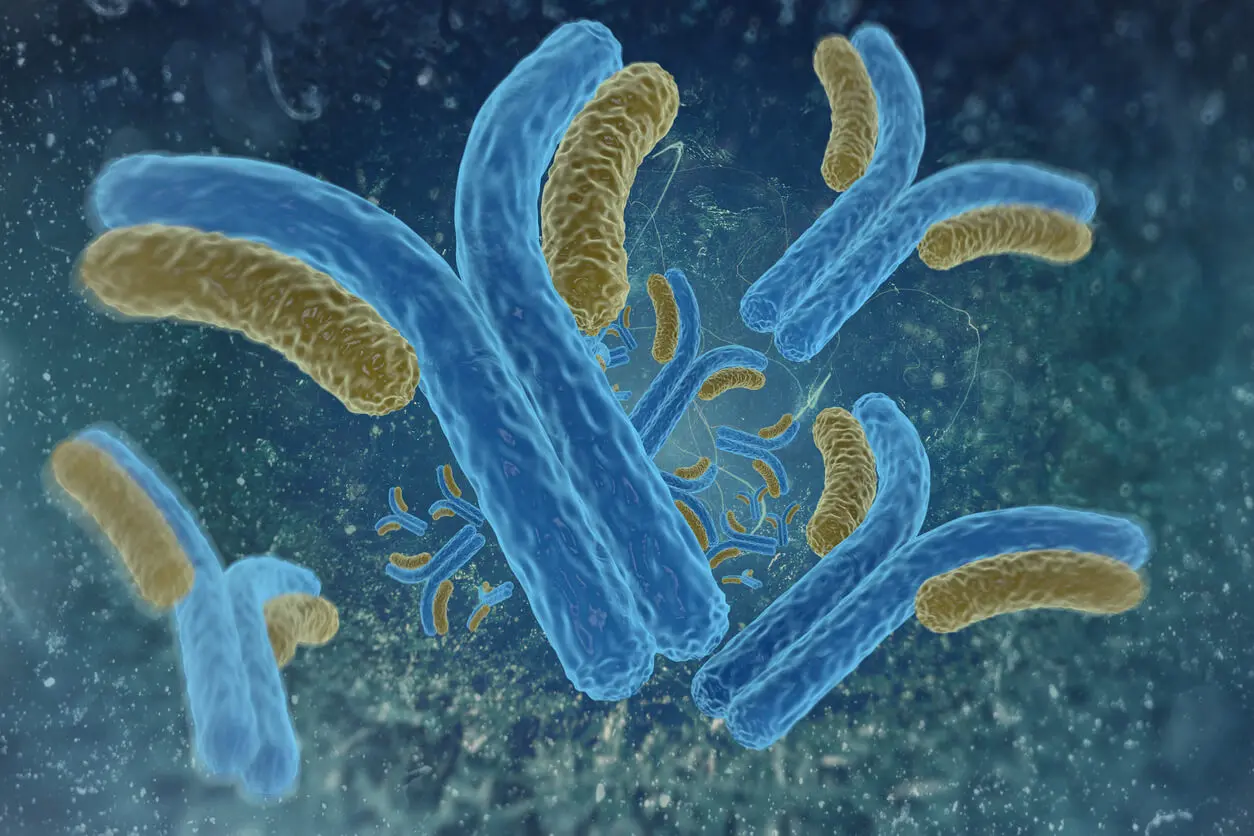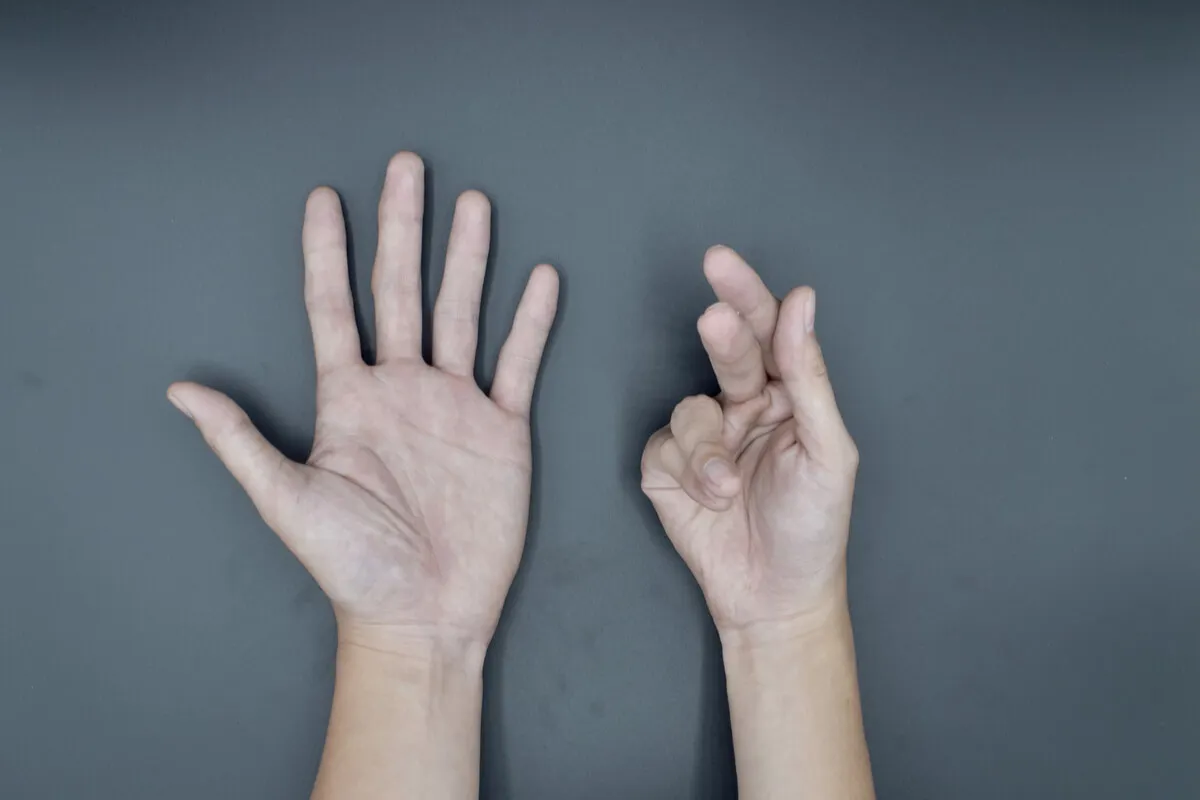Stiff Person Syndrome: Why Celine Dion Has Had to Cancel Concerts


Written and verified by the doctor Leonardo Biolatto
Celine Dion, 54, announced that she is suffering from the effects of a very rare disease by the name of stiff person syndrome. This will force her to cancel concerts to focus on treatment.
In fact, she has already rescheduled many dates of her 2023 European tour. Some were moved to 2024, but others have been canceled.
In a statement she released on social networks, Celine Dion stated that she suffers from stiff person syndrome. After acknowledging that she was experiencing strange symptoms that prevented her from living a normal life, she finally found out where they came from.
Unfortunately, these spasms affect all aspects of my daily life, sometimes causing difficulties when I walk. They don’t allow me to use my vocal cords to sing the way I am used to.
What is stiff person syndrome?
The characteristic of stiff person syndrome is spasms. In addition, as the name suggests, there is a tendency for the person to have stiff muscles.
It’s considered to be an autoimmune disease. This means that it’s the body itself that produces antibodies that target the central nervous system, producing the classic symptoms of the disorder.
According to statistics, it’s more common in women, especially between the ages of 30 and 60. And while the possibility of a genetic predisposition is unclear, cases have been reported to occur in familial clusters.
It is common for patients to also have one of the following associated pathologies:
- Pernicious anemia
- Diabetes
- Epilepsy
- Thyroiditis
- Vitiligo
Read more: Neuromuscular Disorders: Signs and Symptoms
Why do the symptoms occur?
Céline Dion’s disease has neurological symptoms. As the singer described in her video, she suffers from spasms that can occur in different areas of the body.
It has been described that muscle stiffness and contractions often respond to external stimuli. When a patient with stiff person syndrome is exposed to loud noises or even touch, symptoms are triggered more intensely.
As this is a degenerative disorder, which tends to progress, abnormal postures may appear over the months and years. Patients become hunched over and have more falls, as they’re unable to mobilize their limbs easily.
Research has not been clear on the specific point of attack of the antibodies. The strongest evidence suggests that the immune system blocks an enzyme that is responsible for the production of GABA. Thus, with less GABA available, neurons become inefficient in controlling muscle movement.

How did Celine Dion’s disease diagnosis come about?
Although the Canadian singer didn’t give details of the diagnostic process, we know it wasn’t easy. According to her statements, she’s still discovering what the problem is and had to go through a tedious path to certify the origin of the spasms.
The symptoms may confuse doctors at first. Misdiagnoses are likely to be made, thinking of more frequent pathologies in the population, such as the following:
- Fibromyalgia
- Multiple sclerosis
- Parkinson’s disease
- Anxiety crises or panic attacks
Currently, the de rigueur test for diagnosis is a blood test looking for antibodies against the enzyme that makes GABA. Its presence is indicative of stiff person syndrome, as up to 80% of patients test positive for it.
The electromyogram complements the tests. Apart from being a method that any neurologist will request in the presence of muscle spasms, here it usually gives specific results. Patients with Celine Dion’s disease have constant electrical motor activity, as if there were never any relaxation in the muscles of their extremities.
Finally, lumbar puncture can also be used. Through the study of the characteristics of the cerebrospinal fluid, other pathologies that could cause the same symptoms are ruled out.
Learn more about 7 Home Solutions to Reduce Muscle Spasms
Diagnostic criteria for stiff person syndrome
Clinical guidelines have established a series of criteria that must be met in order for a person to be diagnosed with the syndrome. They are as follows:
- Lack of expressiveness in the face, with rigidity in the face.
- Stiffness of the abdominal muscles, with a tendency to hunch the back and difficulty breathing.
- Muscle spasms that are triggered by specific stimuli, such as noise or touch. The duration of the spasms is several minutes.
- Continuous electrical activity in an electromyogram.
- Lack of diagnostic evidence of other neurological pathologies.
- Increased levels of antibodies against GABA enzyme in the blood.
- Improvement of patients’ symptoms after initiating treatment with benzodiazepines.

Does the rare Celine Dion disease have a treatment?
There’s no cure for stiff person syndrome. The problem is addressed with drugs and physical rehabilitation therapy, but there’s still no protocol to reverse the progression of the condition.
Physiotherapy and kinesiotherapy are essential. They’re aimed at improving the quality of daily life.
I am working hard with my sports medicine therapist to regain strength and the ability to perform.
As for medications, the first choice is benzodiazepines. Many patients improve in the short term and delay progression with a schedule of these drugs.
Promising therapies are currently being investigated to slow the progression of stiff person syndrome. On the one hand, plasmapheresis with intravenous immunoglobulin could block the antibodies that attack the GABA enzyme. On the other hand, recent results confirm that stem cell transplantation is a viable alternative.
It’s very difficult to establish a specific prognosis. Each case evolves differently and, while there are patients with clear improvement, there are also those who don’t respond to drugs and therapy.
Celine Dion’s illness has dealt a severe blow to her career. The suspension of concerts is the logical decision she had to take to focus on her treatment.
.All I know how to do is sing. It’s what I’ve done all my life. And it’s what I love to do the most.
All cited sources were thoroughly reviewed by our team to ensure their quality, reliability, currency, and validity. The bibliography of this article was considered reliable and of academic or scientific accuracy.
- Balint, Bettina, and Kailash P. Bhatia. “Stiff person syndrome and other immune-mediated movement disorders–new insights.” Current Opinion in Neurology 29.4 (2016): 496-506.
- Bhatti, Adnan Bashir, and Zarine Anwar Gazali. “Recent advances and review on treatment of stiff person syndrome in adults and pediatric patients.” Cureus 7.12 (2015).
- Dalakas, Marinos C. “Stiff-person Syndrome and GAD Antibody-spectrum Disorders: GABAergic Neuronal Excitability, Immunopathogenesis and Update on Antibody Therapies.” Neurotherapeutics (2022): 1-16.
- Gómez Viera, Nelson, et al. “Síndrome de la persona rígida.” Revista Cubana de Medicina 57.1 (2018): 55-60.
- Lee, Yi-Yin, et al. “Association of stiff-person syndrome with autoimmune endocrine diseases.” World journal of clinical cases 7.19 (2019): 2942.
- Martinez-Hernandez, Eugenia, et al. “Clinical and immunologic investigations in patients with stiff-person spectrum disorder.” JAMA neurology 73.6 (2016): 714-720.
- Rakocevic, Goran, Harry Alexopoulos, and Marinos C. Dalakas. “Quantitative clinical and autoimmune assessments in stiff person syndrome: evidence for a progressive disorder.” BMC neurology 19.1 (2019): 1-8.
- Sarva, Harini, et al. “Clinical spectrum of stiff person syndrome: a review of recent reports.” Tremor and Other Hyperkinetic Movements 6 (2016).
- Trujillo, Fernando González, et al. “Síndrome de persona rígida, presentación de un caso clínico y actualidad en el tratamiento.” Revista Colombiana de Reumatología 27.2 (2020): 130-134.
This text is provided for informational purposes only and does not replace consultation with a professional. If in doubt, consult your specialist.








